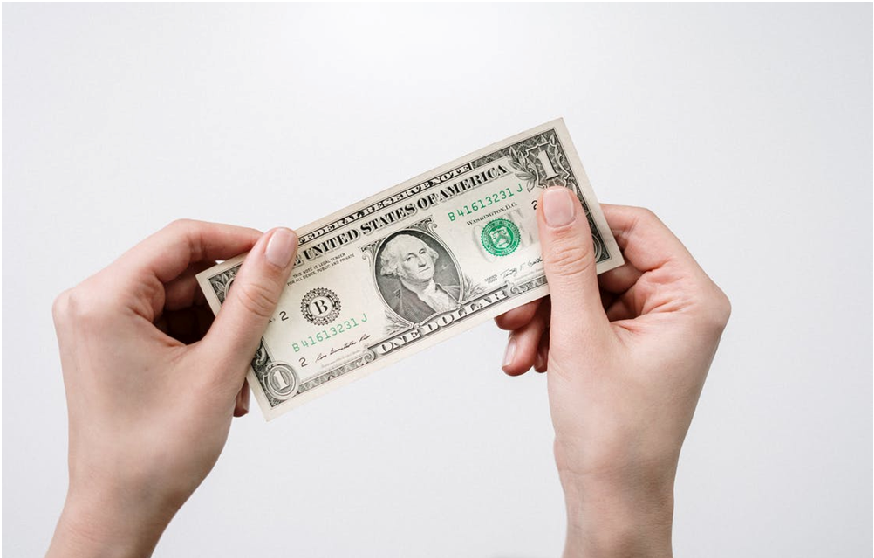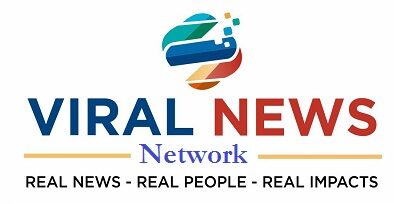Understanding Consumer Loans or Forbrukslån: What You Need To Know

Many financial lending companies will often offer various types of loans to consumers on a case-by-case basis. To understand these options, it is important that borrowers first understand the different kinds of debts available to them.
To understand what a loan is, it is important first to understand what a borrowing and lending relationship entails. The idea of borrowing has its roots in the history of money.
In ancient times, farmers would have accounts with their local grain dealers. See more about a bit of debt history on this webpage. This means that these farmers would use their livestock and seeds as repayment when they are borrowing for capital. Farmers could then take grain from their account and use it as payment for the money.
In modern times, this metaphor applies to both conventional loans and investing. Borrowers borrow money to purchase something. They can repay it later, but there will be interest on top of the amount they have loaned.

What is a Consumer Loan?
These are debts that are used by consumers, not businesses. They are considered short-term and unsecured debts typically used for everyday expenses such as groceries, clothing, or car repairs. They can also be used for emergencies.
There are a few things that you need to understand before borrowing money:
- These types of debts have interest rates that can be high compared to other types.
- Consumer loans may restrict how often you can borrow and the amount that can be transferred to you.
- You may be required to pay back the loan in a set amount of time (or with a set amount of interest).
- If you are late paying what you’ve borrowed, you may incur a penalty. The key is to understand what the terms mean before applying.
The money can be used for everyday expenses such as groceries, clothing (even fancy clothes!), home repairs, car upgrades, tuition, student loans, and vacations. Other options include credit cards used at different stores or online; overdraft protection when used to cover an overdraft; rent money; prepaid cards for phone bills (cell phone top-up); and travel money for vacations.
However, it’s important to save money to spend on luxuries and only borrow for your needs. You might end up in too much debt if you’re on a spending spree after you have the funds. You also need to make sure that you can repay everything or the set amount every month, or it can result in a lower credit score.

Different Types to Know
There are different types to know about. Some want a personal loan where the money is used for a particular purpose. The funds can be used for weddings, vacations, and home renovations. They can be unsecured, which means that they don’t require any collateral. They may also have variable or fixed interest rates, which can be repaid in several months.
Revolving credit is generally common in credit cards. You can use the funds immediately after repaying the balance on your due date, plus the interest. With this said, you’ll have access to the money and only pay for what you’ve spent for the month. If you only need a little, you always have the option not to use the remaining and pay less.
Auto loans are pretty common as well. You can borrow a set amount that can be equal to the price of the vehicle without any need for a down payment. The collateral is the vehicle, and most banks and lending institutions can repossess them if you default on the charges. This can take 3 or 5 years, depending on the terms, and this is pretty common for many people today who need private transportation.
Student Loans
The funds will help pay for tuition, books, lodging, and college. Federal grants and private companies offer these extra funds, and the interest is generally based on the family’s income. Some people want to get them because they need financial aid, and they normally don’t require credit checks and too much paperwork. Some will require a co-maker who will sign the documents along with the borrower, and the funds can be transferred immediately.
Mortgage
The mortgage will cover the entire price of a house, but it does not include the down payment. The collateral is the property itself, and there can be foreclosure when there’s a default on the part of the borrower. This can be repaid from 10 to 30 years, and they might not typically receive insurance from the government. The financiers can adjust the interest rates depending on economic and market demands.
Other Types
-Installment loans: These are loans that you borrow over a period of time, usually between one and six months. You typically have to pay back the money in smaller installments over the term.
-Loans for cars, appliances, and other major purchases: Borrowing money for these types of purchases are usually offered by banks and other lending institutions.
-Credit cards: Credit cards are a popular way to borrow money because they offer low-interest rates and the ability to use the card to buy items.
-Personal loans: These are unsecured debts that you can use to cover various expenses, such as tuition costs or a down payment on a home.
-Home equity loans: These secureddebts can be used to pay for various expenses, but they are typically offered by banks and other lending institutions.
Pros and Cons of Consumer Loans
Consumers often take out consumer loans to purchase items they need or want, such as a new car, a vacation, or something for their home. When borrowing money from a lender, there are pros and cons to consider. Here are some of the key points to consider before borrowing money:
-The interest rates on these types of debts can be high, especially if you borrow money for an extended period of time. The interest charged on loan can add up quickly and can significantly increase the overall costs of your purchase so think carefully before going on this route.
-If you cannot afford to pay back your loan on time, your credit rating may suffer, and you may have difficulty getting approved on future applications.
-Some lenders require consumers to provide documentation of their income and assets before approving their applications. This can make it difficult for people who are struggling financially to get the extra funds, so it might be a good move to rely on various companies that have good offers.
-Consumer loans can also lead to financial hardship if you cannot repay the money promptly. If you cannot repay the debt, the lender may seize your assets or put a garnish on your wages. In addition, you could face problems obtaining a job or future financing for a business venture if your credit rating suffers as a result of non-payment
How to Get Started?
Before you take out a loan, there are a few things you need to know.
The first step is to determine what type of loan you want. You may be consolidating debt, want credit cards for revolving credit, or make sure you have enough funds to cover the emergencies. Check out sites like https://forbrukslånet.com/to get more information about these. Determining these types beforehand can help you become clearer with your finances and get back on your feet in no time.
Another thing is to calculate your monthly payment. This will give you an idea of how much money you’ll need to earn each month in order to pay off the debt within specified time limits. This will also prevent penalties and late fees.
Last but not least, be sure to read the terms and conditions of your loan. These details can vary greatly from one lender to another, so it’s important to familiarize yourself with them before signing anything.
Where to Borrow with Low-Interest Rates?
A few things to keep in mind when borrowing money include finding out more about the interest rates. Make sure you understand the terms of the loan. Research the interest rates available before you borrow any money.
It’s always a good idea to pay what you’ve borrowed off as soon as possible to avoid high-interest rates and fees. Check and ensure a good credit score before applying for loans from various companies. Others will require you to make down payments especially if you’re in the market for a new appliance or vehicle.
Consumer loans are a great way to get the money you need without paying the full price of the goods upfront. However, not all debts have low-interest rates. To find the best loan for you, read the terms and find the right lender for your needs. Shop with at least three companies and find reasonable offers that match your needs. It’s always important to read reviews online and make sure that you’re dealing with legitimate people.
Go online and find out your credit score today. Many companies can provide these pieces of information for you and give you a sneak peek at the amount you can get and your borrowing limits, so be sure to check them out.





